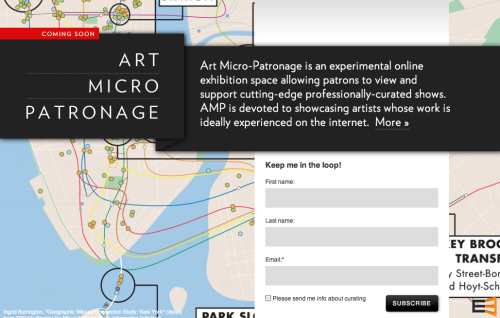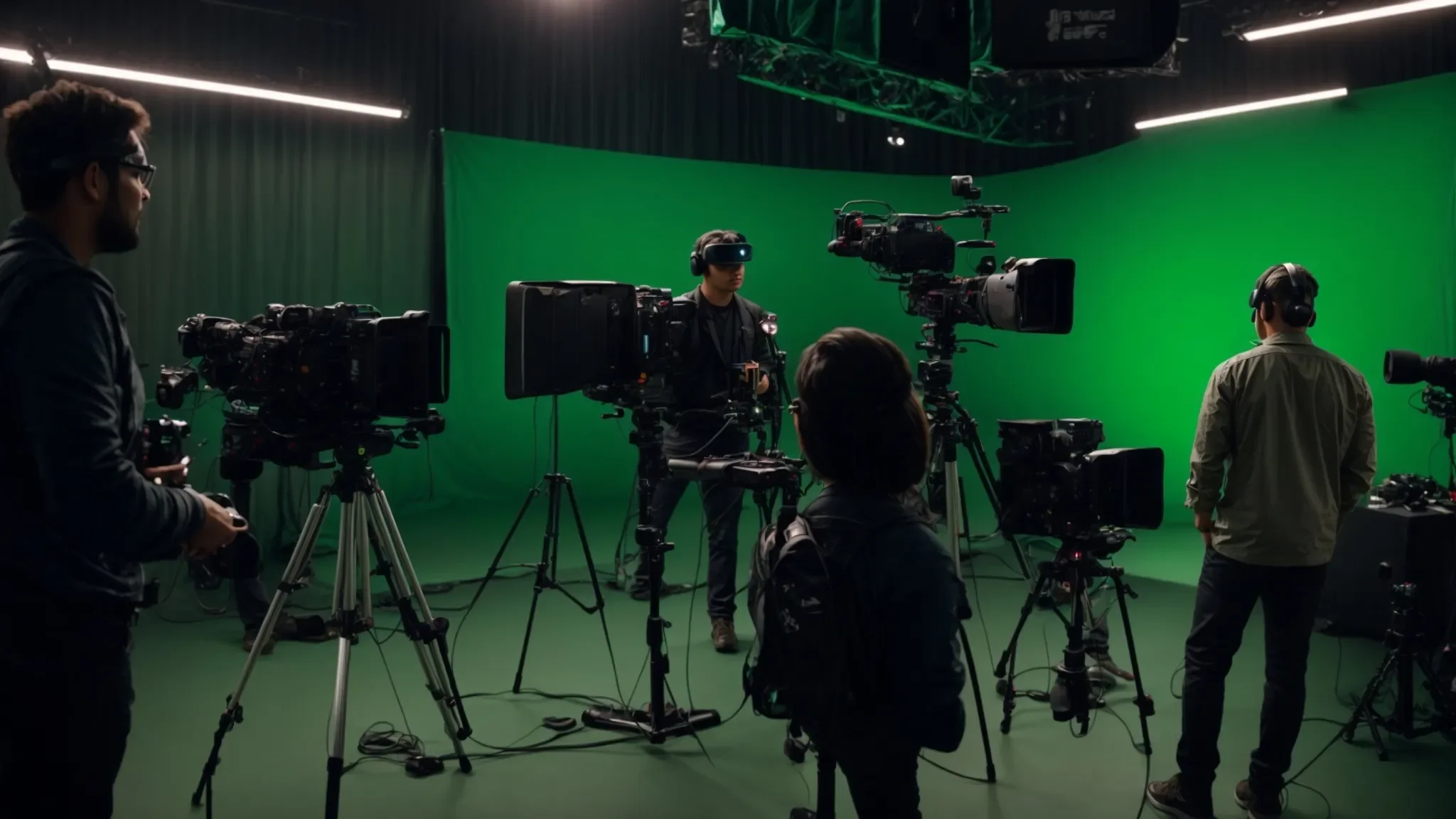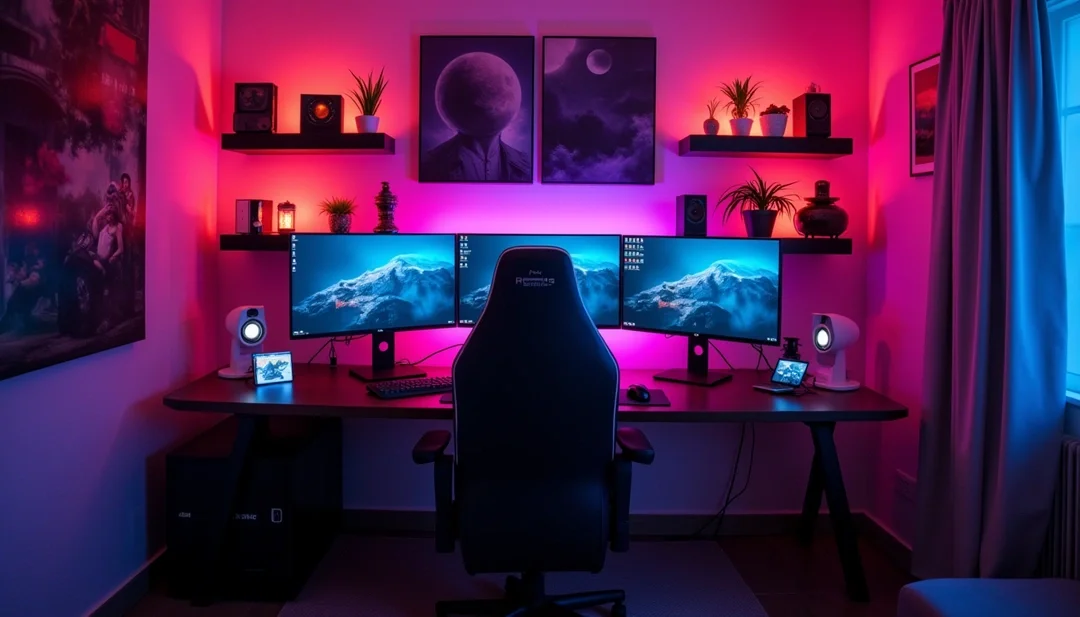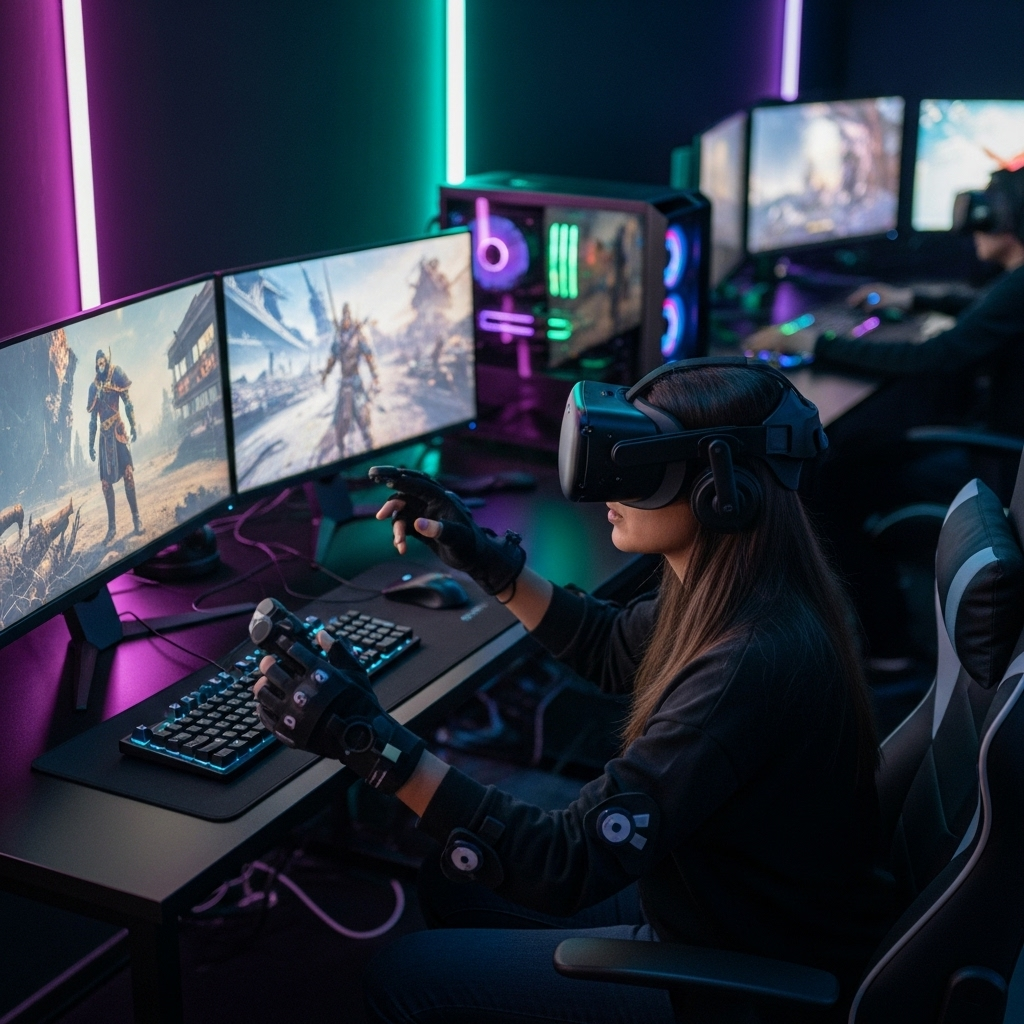Media art, which frequently involves data, software, or electronic devices, keeps facing the challenge of technological obsolescence. Since preservation and conservation are fields often dominated by museums and similar organizations, a contrast exists between personal and institutional practices. In some cases, artists rely on museums for technological support. This article looks at new media artists’ firsthand experiences and media artworks donated to the MoMA.
An Investigation Into New Media Artists' Personal Preservation Practices
Relying on electronic devices and digital files, new media artworks are sensitive to technology’s constant upgrades and possible obsolescence. A single dysfunctional file may lead to the permanent loss of an artwork’s content. Aware of such vulnerabilities and urged by their duty to care for objects for future generations, museums have established various initiatives for collecting and preserving media art and have also started encouraging artists to adopt preservation practices themselves. Given all the different approaches, this article investigates major strategies and tactics adopted by artists who advocate for new media art preservation as part of artistic practices.
Artist Perspectives on Net Art and New Media
In less than three decades, the end of net art movement has been announced more times than its new beginning has been declared. The early 2000s brought a new group of net artists who saw utopian potential in the internet and began using it as a tool to demonstrate independence from traditional art markets. The net artists of today are more easily defined within the genre of new media art rather than net art since their work explores not only the technology of the internet but also the technologies employed on the internet and the socio-political contexts that it produces. Stereyl and Blas—two artists included in this post—reflect a sentiment of contemporary new media artists: the virtual ecosystem is not the same as it was a ten years ago. What defines new media art is a continuing analysis and reflection on this ecosystem.
AI-assisted and AI-powered Art: Different Challenges for Digital Preservation
Artists are among the many professions that are embracing artificial intelligence. AI is beginning to undertake tedious repetitive work, without replacing human’s creativity. Recently, the art market has displayed an interest in purchasing AI art. Christies sold Edmond de Belamy, an algorithm-generated painting, and Sotheby’s sold Memories of Passersby I, an AI video installation, at $432,500 and $51,012, respectively. With a rapidly increasing variety of AI art being created and transacted, the need to preserve such art in differentiated ways is emerging.
#TBT: Highlighting New Media Art
While technology and art combine frequently to facilitate the practices of arts managers, they are simultaneously blending to create a whole new artform--new media art. All bets are off with this medium, as an array of tools, approaches and capabilities make it impossible to label as either visual or performance; in many cases, the art goes even farther and provides a social benefit to those who experience it. This week’s TBT provides managers with a roundup of the research we’ve done so far to start piecing together a picture of what new media art means for the future of management in all types of arts venues and forums.
How Museums Are Dealing With New Media Art: Part 1
When talking about new media art, there is no single definition. According to a 2001 research study by the Rockefeller Foundation, media artworks can be defined according to nine common elements: fluidity, intangibility, liveness, variability, replicability, connectivity, interactivity, computability, and chance. New media art is a very general and broad category and includes many subcategories. Among these, net art, digital art and plurimedia art are the most common within the visual art field. Nevertheless, the meaning of new media is constantly evolving.
The Website Exhibition: Old and New













